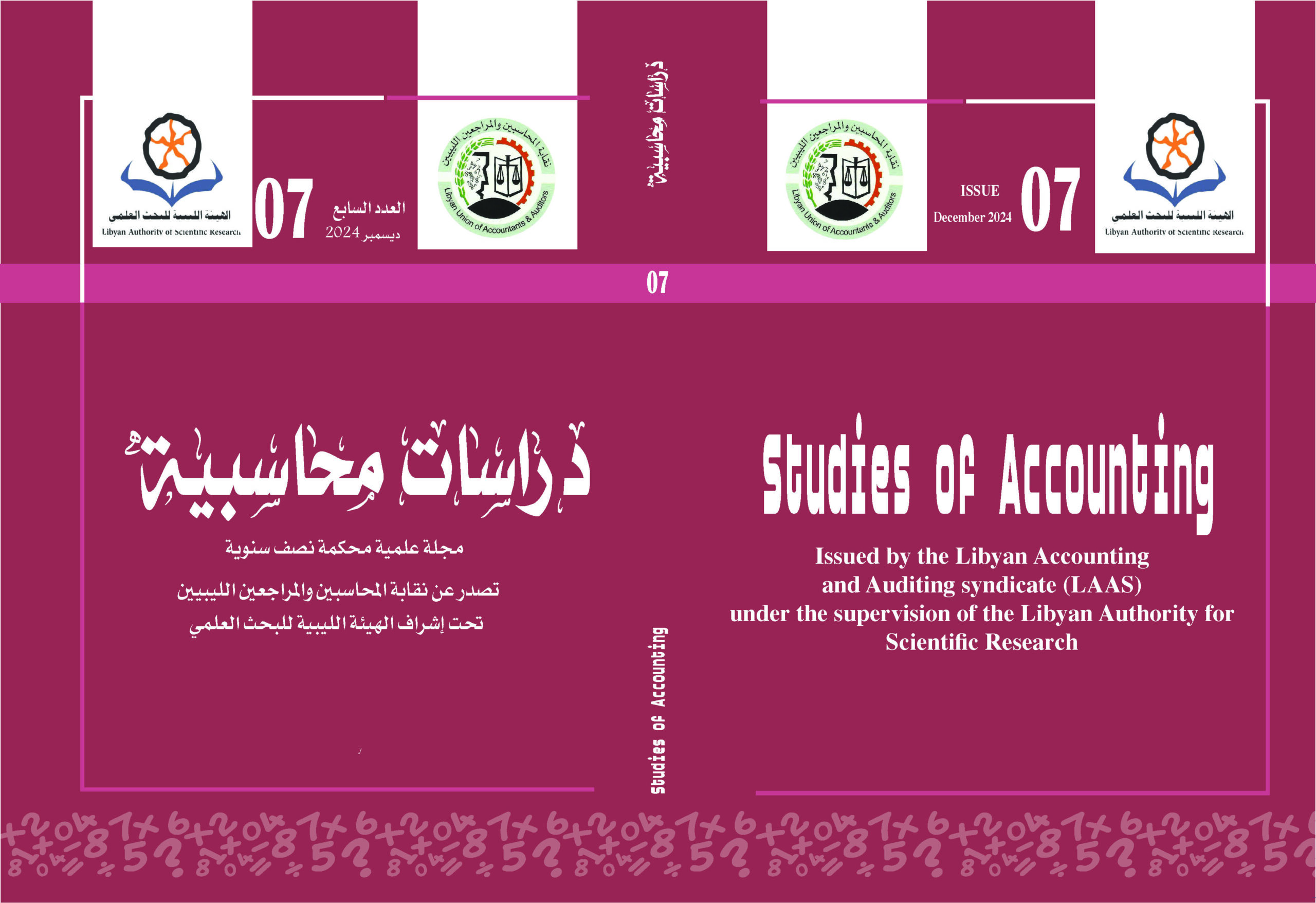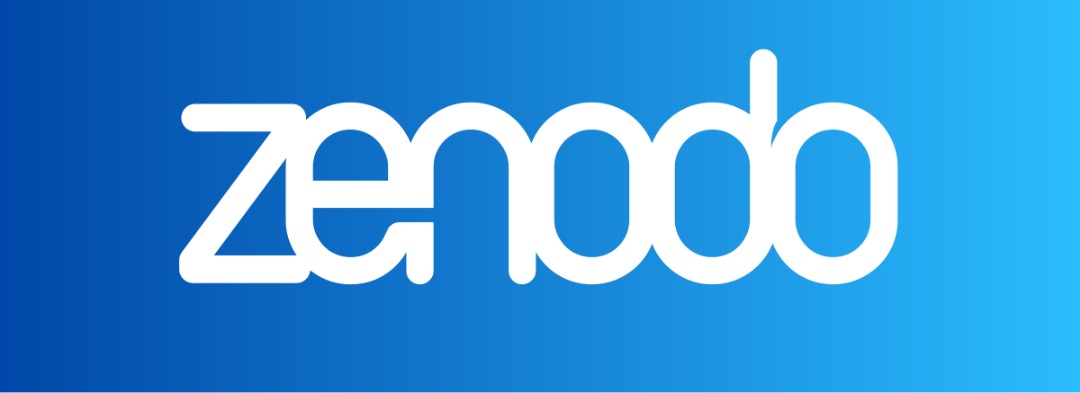Proposing an electronic accounting system using artificial intelligence technology for commercial companies operating within the city of Derna - Libya
DOI:
https://doi.org/10.5281/zenodo.15531627Keywords:
accounting system - commercial companies - Artificial Intelligence technology.Abstract
Many commercial companies and projects that aim to make a profit do not have an electronic accounting system, despite of its importance for stating the company’s financial position and displaying the results of the activity, whether profit or loss. Also, a few of these companies use a manual accounting system, and the process of preparing financial statements takes a long time, and the results obtained are inaccurate and not free of errors. Based on the ambition of entrepreneurs who seek to make a difference in societies and develop businesses differently, this paper aims to develop an integrated electronic accounting system for commercial companies in Libya by using Artificial Intelligence technology (AI). Data were collected through observation, by visiting some commercial projects and companies. The purchase and sale invoices of these companies were also reviewed. In addition, information related to the accounting system was collected from books, accounting references, and the Internet. The paper concluded with the development of an electronic accounting system using Artificial Intelligence technology. This proposed system works online and can be applied to any business activity. To prove the effectiveness of the proposed system and its safety from software errors, several tests were successfully conducted on it using data from commercial companies. The new system is characterized by the ease of recording journal entries, posting to ledger accounts, and preparing the trial balance, balance sheet, and income statement without the intervention of an accountant, that is, electronically. This ensures that no errors occur and that the results are sound and accurate. The system also records the closing entries and prepares the profit and loss account automatically without the intervention of the user (the accountant). It also prepares the accounts for a new financial period and displays goods at the end of the period and the beginning of the period. It also uses global financial indicators and ratios that help the company predict financial failure before it occurs. The system also contains a seller control panel through which goods are sold, customer accounts are created, and invoices are prepared and printed. The sales of each individual seller and for what date are also displayed. Thus, using the system, it is possible to authorize any number of sellers, while separating the sales of each seller, so that any sale can be determined by who made it.

Downloads
Published
Issue
Section
License

Authors retain copyright and grant the journal right of first publication with the work simultaneously licensed under a Creative Commons Attribution (CC-BY) 4.0 License that allows others to share the work with an acknowledgment of the work’s authorship and initial publication in this journal.









